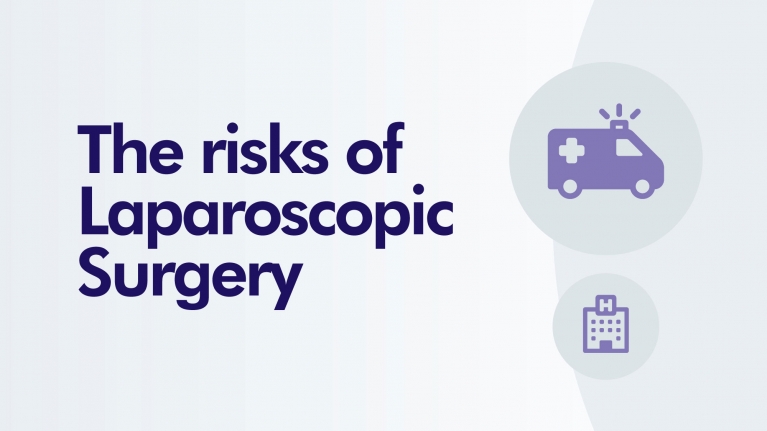by Howard Nulty
There cannot be many people who have not heard the expression “keyhole surgery” (KHS). The first such surgery was performed on animals at the start of the last century, but it has become a common way of having all kinds of surgery since the 1960s.
The main advantage to this surgery is that it is “minimally invasive” . No large incision is needed and the recovery time from such surgery is usually a lot less than open surgery. Risks of infection are less with KHS and the length of time that is needed for you to be in Hospital is much reduced.
Everyone would agree that keeping stays in hospital to a minimum and avoiding post operative infection are really good reasons why KHS should be used. There are however real risks posed by these techniques that patients should be aware of.
Firstly the use of a camera and cutting tool are skills that need to be acquired. These skills sadly, it seems, are acquired by practising on patients rather than at medical school.
Laparoscopic (another term for KHS) Cholecystectomy or Gall Bladder removal is common in hospitals around the UK. Sadly what is also common in these operations are patients who have been admitted for Gall Bladder removal only to find that during the removal other organs are damaged, making their overall condition far worse than it was before. Bowel damage and damage to the bile ducts are common place in KHS, where in open surgery they are a lot less so. Sadly it seems that surgeons who are being guided inside the abdomen by camera keep on cutting even when they are unsure as to what they are cutting. Sepsis and all of its fatal traits is common where the bowel is pierced and the content of the bowel empties into the abdomen causing massive infection. Sadly it can be the signs of the infection (temperature/ fever) that indicates the presence of the bowel damage before the treating surgeon even knows. We have represented many clients who have had KHS only to become very ill postoperatively owing to the bowel being pierced and the treating surgeon being completely in the dark as to the injury.
Laparoscopic Nephrectomy (kidney removal) is another area where inadvertent damage is done to the other internal organs, owing to the treating surgeon not knowing where he is cutting. One expert surgeon suggested that the maxim is “If you are not sure where you are, stop cutting” but it seems that some do not.
KHS is used in genealogical and orthopaedic procedures as well. You would have thought that in the latter area that there was little that could go wrong, but sadly even in orthopaedics there are areas where much damage is caused by surgeons carrying on cutting even though they are completely in the dark as to what they are cutting. One client had his arteries and nerves severed during a knee operation supposedly to make his knee joint better. The result is a patient who cannot use his leg now as he would have been able to do even if he had left his leg as it was.
NHS Trusts are slow to accept that their surgeons can cause such damage. A lot of the time the issue is one of training. Surgeons are being allowed to perform surgery when they are simply not sufficiently well trained to do so.
Happily we have access to some excellent expert witnesses who can see when there has been a case where insufficient care has been taken. It might also be time for the NHS to take stock of exactly what they save by using KHS and what they end up paying out by way of damages and legal fees let alone the cost to society of looking after badly injured victims of poor procedures.


